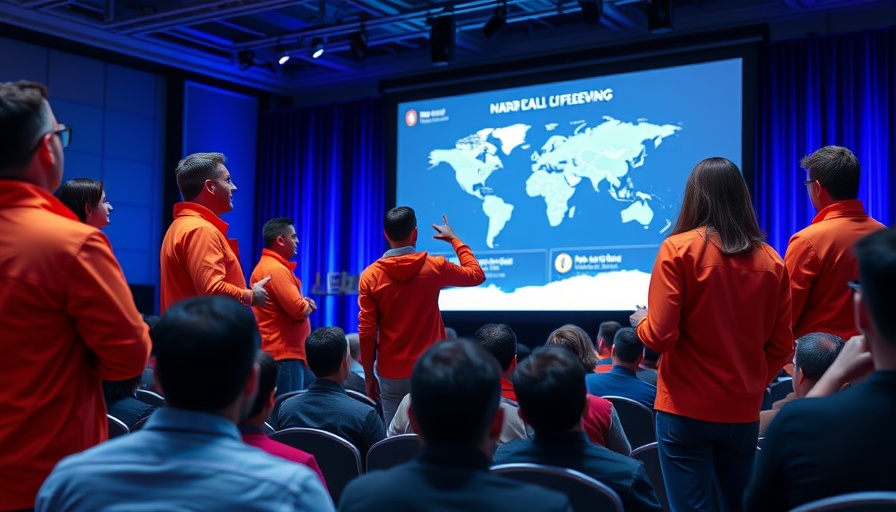
Harnessing AI for Real-World Innovations
As the summer approaches, the tech community gears up for one of the most anticipated events of the year—the SAS Hackathon. This global competition invites participants to unleash their creativity and problem-solving skills through the power of data analytics and technologies such as AI. With a full-on innovation marathon set to begin, this hackathon promises not just to challenge the intellects of budding tech enthusiasts but also to enhance their understanding of AI's practical applications.
What’s New in This Year’s Hackathon?
The excitement surrounding the SAS Hackathon is reignited as it gears up for another round. This year’s event kicks off with a special announcement on June 11 at 9 a.m. Eastern Time, streamed live on LinkedIn and YouTube. Participants will earn diplomas while being immersed in hands-on technical challenges, aimed at applying analytics to real-world data sets. Having the opportunity to work with SAS® Viya®, a powerful platform for advanced analytics and AI, will equip them with tools essential in today's technology landscape.
The Value of Collaboration and Teamwork
Collaboration is at the heart of the SAS Hackathon approach, bringing together diverse talents across industries. Participants aren’t just competing; they are forming alliances that foster creative synergy. The mentorship aspect helps bridge the gap between theoretical knowledge and practical application. SAS employees stepping in to guide participants as mentors will provide invaluable insights, enhancing the learning experience for all involved.
Understanding AI: The Educational Benefits of Participation
For adults eager to embark on or further their AI learning path, participating in the hackathon provides an extraordinary opportunity. It’s not merely about coding or completing tasks; it’s about acquiring a nuanced understanding of AI technologies in a collaborative environment. Participants will delve into AI science using real data, honing their skills while learning to tackle biases that often exist in complex data sets.
A Call to Action: Engage with AI Innovations
As the Hackathon dates approach, potential participants should prepare for this substantial leap into the world of AI. Following the kickoff event, registrations will remain open until August 31. This event stands out as both a competitive platform and a profound learning experience that could shape your future in technology. Consider joining; share this information with friends or colleagues who may also want to dive into AI.
Looking Ahead: Future of AI in Hackathons
The future of hackathons like SAS's look promising. With increasing emphasis on technology and innovation, these events serve as vital points for education and collaboration in AI. As we witness rapid advancement in AI technologies, events like the SAS Hackathon continually inspire future generations of innovators. Will you be part of the movement?
Gear up for another thrilling experience and be part of this AI revolution. Join the Hackathon, learn, innovate, and make an impact!
 Add Row
Add Row  Add
Add 




Write A Comment